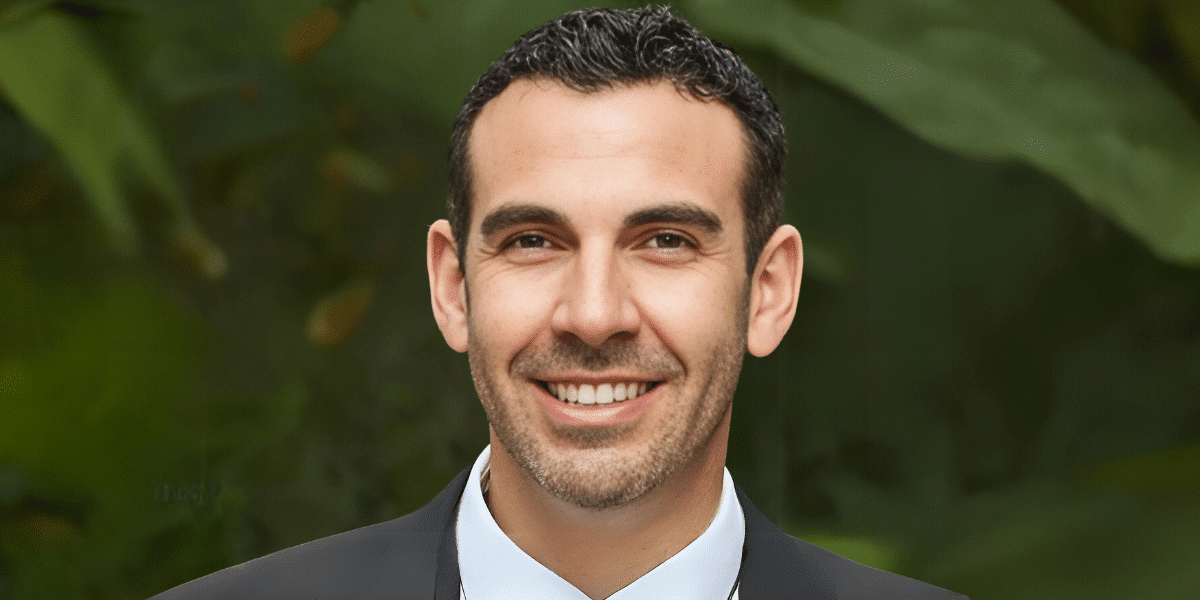Always, retailers think consumer purchases are hit and miss. Whether certain products attract individual customers and whether or not a purchase takes place. They approach the marketing of products and services the same way, based on trial and error.
There are six stages in the consumer’s buying process, and as a marketer, you can effectively sell to them.
1. Recognition of the problem
Put, before a purchase can take place, the customer must have a reason to believe that what he wants, where he wants to be, or how He sees himself or a situation, is different from where the is. The desire is further from reality – it poses a problem for the client.
However, this offers opportunities for the marketer. Taking the time to “create a problem” for the customer, whether or not they recognize it already exists or not, you are starting the buying process. To do this:
- Start with content marketing.
- Share facts and testimonials about what your product or service has to offer.
- Ask questions to engage the prospect in the buying process.
This way, a prospect realizes that they have a need that needs to be addressed.
2. Seeking information
Once a problem is recognized, the process of finding customers begins. They know there is a problem and they are looking for a solution. If it is a new foundation, they are looking for a foundation; if it is a new refrigerator with all the latest technology, they are starting to get interested in refrigerators – it is quite simple.
As a marketer of your business, the best way to respond to this need is to create your brand or your customers’ brand as an industry leader or expert in a specific area. Possible methods include becoming a Google Trusted Store or by promoting partnerships and sponsors prominently on all web and collateral materials.
By becoming a Google Trusted Store like CJ Pony Parts, a leading Ford Mustang parts – you can improve search results and provide a sense of customer security by viewing your status on your website.
Increase your credibility in the information research process markets by keeping yourself ahead of the customer and stand out with your competitors.
3. Assessment of alternatives
Just because you stand out from the competition doesn’t mean a customer will buy your product or service. More than ever before, customers want to be sure they’ve researched thoroughly before making a purchase. For this reason, while they can be sure what they want, they will still want to compare other options to make sure their decision is the wise one.
Marketing couldn’t be easier. Keep them on your site for the alternatives assessment step. Leading insurance company Geico allows customers to compare rates with other insurance providers on their website, although the competition may offer a lower price. Not only does this simplify the process, but it establishes a relationship of trust with the customer, especially during the stage of evaluating alternatives.
4. Purchase decision
Surprisingly enough, the buying decision is around the middle of the six stages of the consumer’s buying process. At this point, the customer has explored several options, understands the prices and payment options, and decides whether or not they want to continue with the purchase. That’s right; at this point, they can still choose to run away.
This means that it is time to speed up the marketing process by providing a sense of security and reminding customers why they wanted to make the purchase the first time. At this point, it is essential to give as much information about the need created in the first step and why your brand is the best supplier to meet that need.
If a customer strays from buying, this is the time to return them. Retargeting or simple email reminders talking about the need for the product in question can force the purchase decision, even if the opportunity seems missed. The fourth step is by far the most important in the consumer’s buying process. This is where the profits are made or lost.
5. Purchase
A need has arisen, the investigation has been completed, and the customer has decided to purchase. All the stages that lead to conversion are complete. However, that doesn’t mean it’s a sure thing. A consumer can still be lost, and marketing is just as important during this stage as at the previous one.
Marketing at this point is simple: keep it simple. Test the process of buying your brand online. Is it hard? Are there too many steps? Is the loading time too slow? Can a purchase be made as quickly on a mobile device as easily as on a desktop computer? Ask these essential questions and make the changes. If the purchasing process is too complicated, customers, and therefore income, can be easily lost.
6. Evaluation after purchase
If a customer thinks a wrong decision has been made, a return can take place. This can be mitigated by identifying the source of the dissonance and offering a simple and direct exchange. However, even if the customer is happy with their decision to make the purchase, the question is still whether an investment of your brand will be made in the future. That’s why it’s crucial to send follow-up surveys and emails thanking the customer for their purchase.
This ensures that your marketing strategy addresses every step and leads to higher conversions and long term customer retention.





